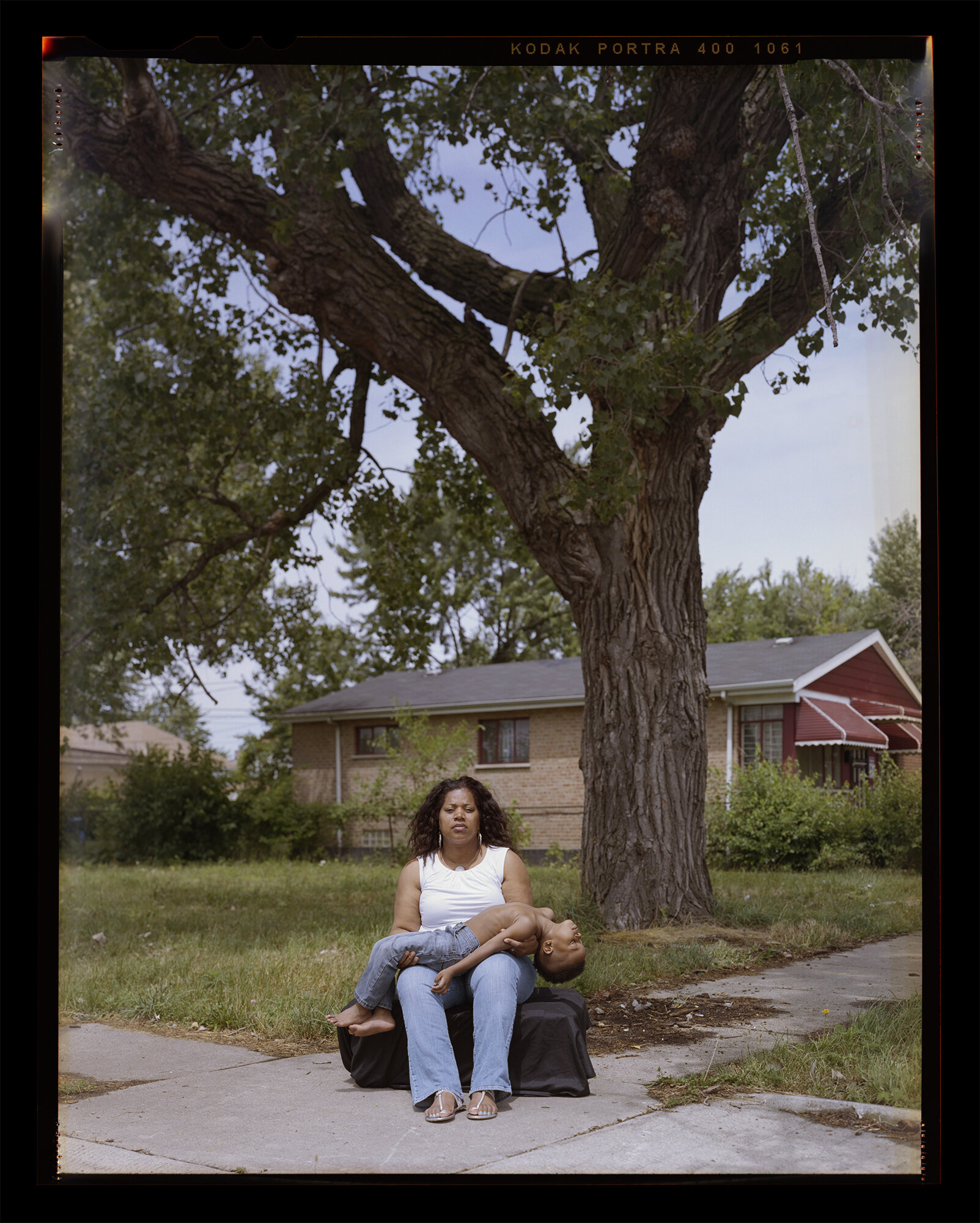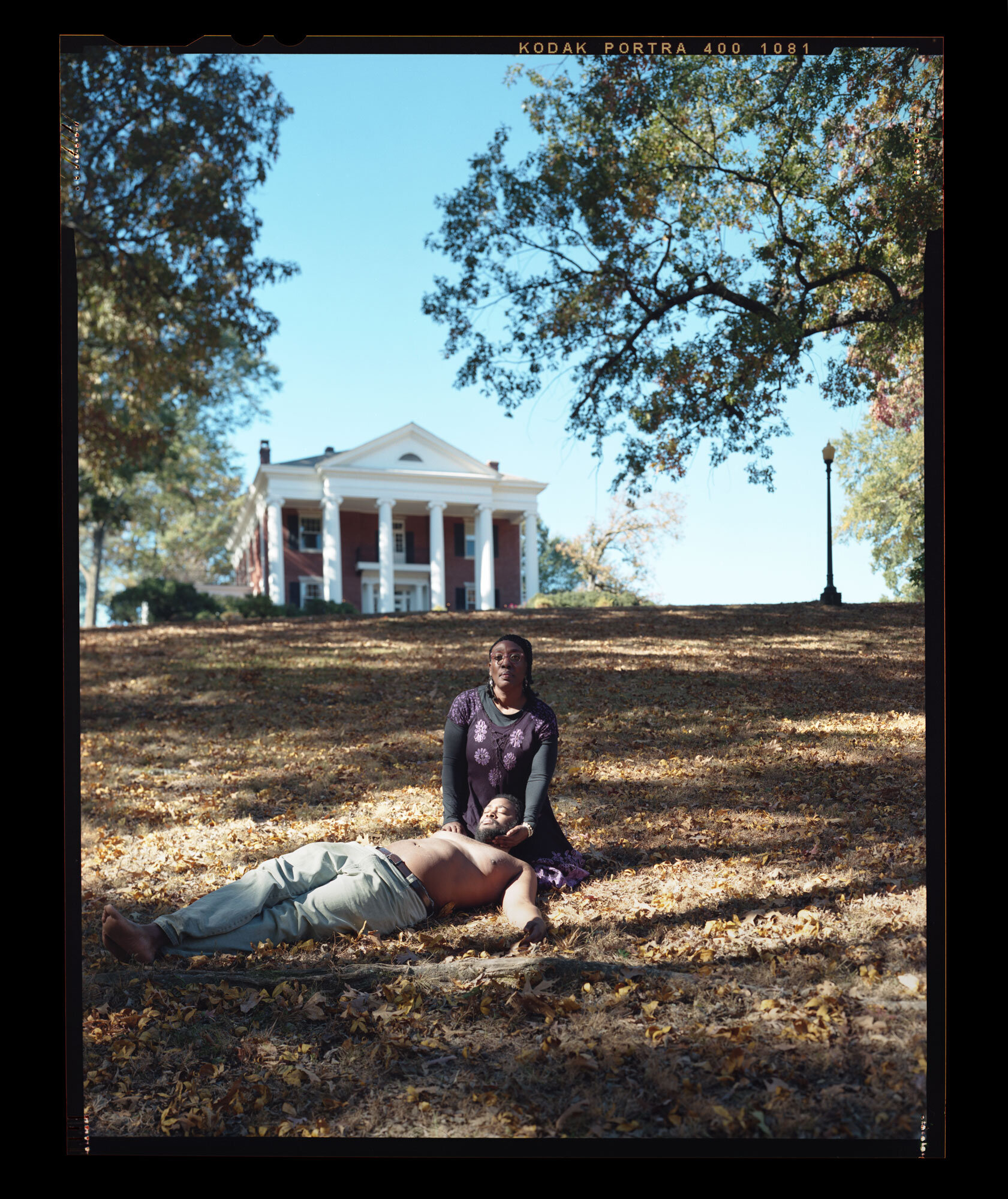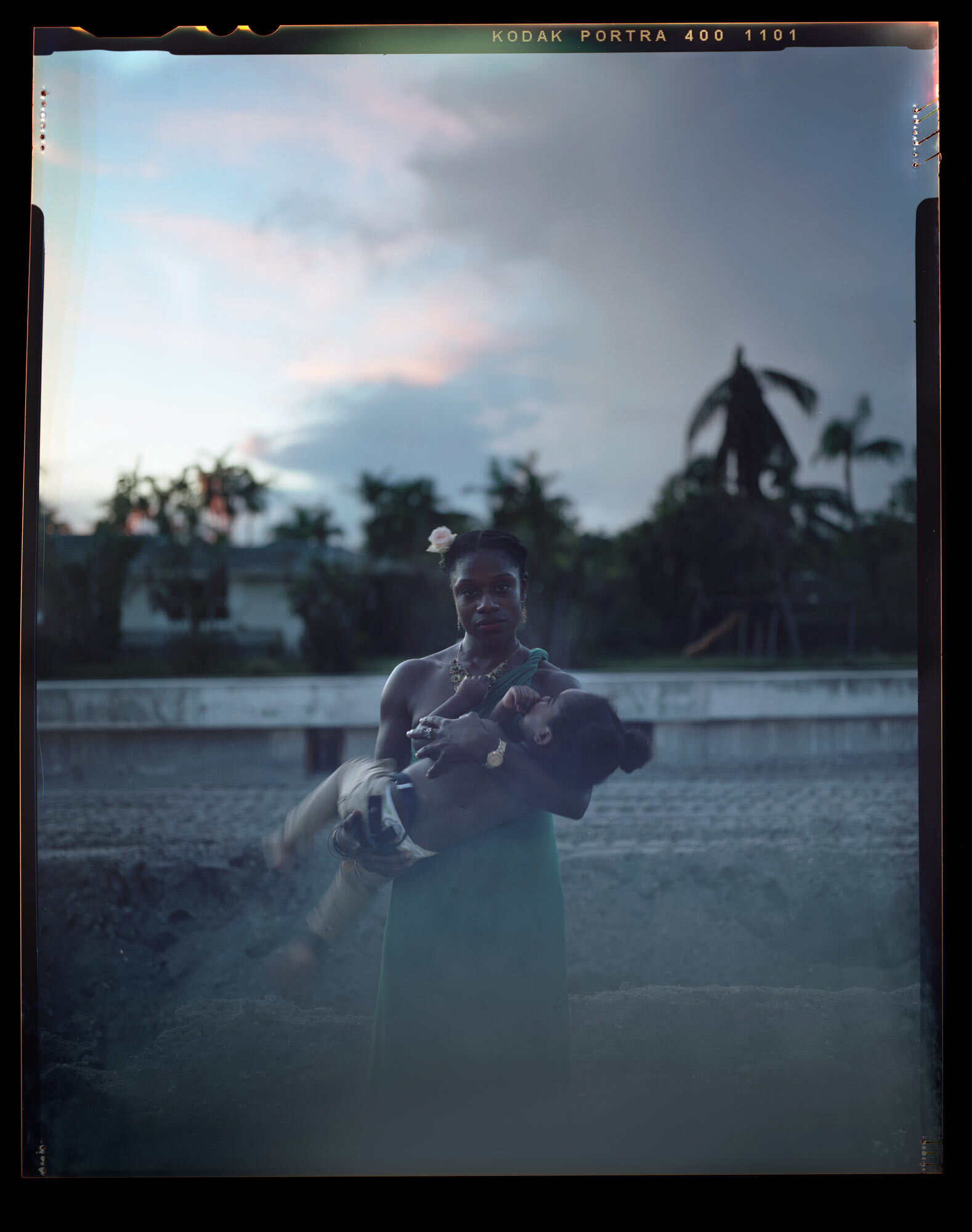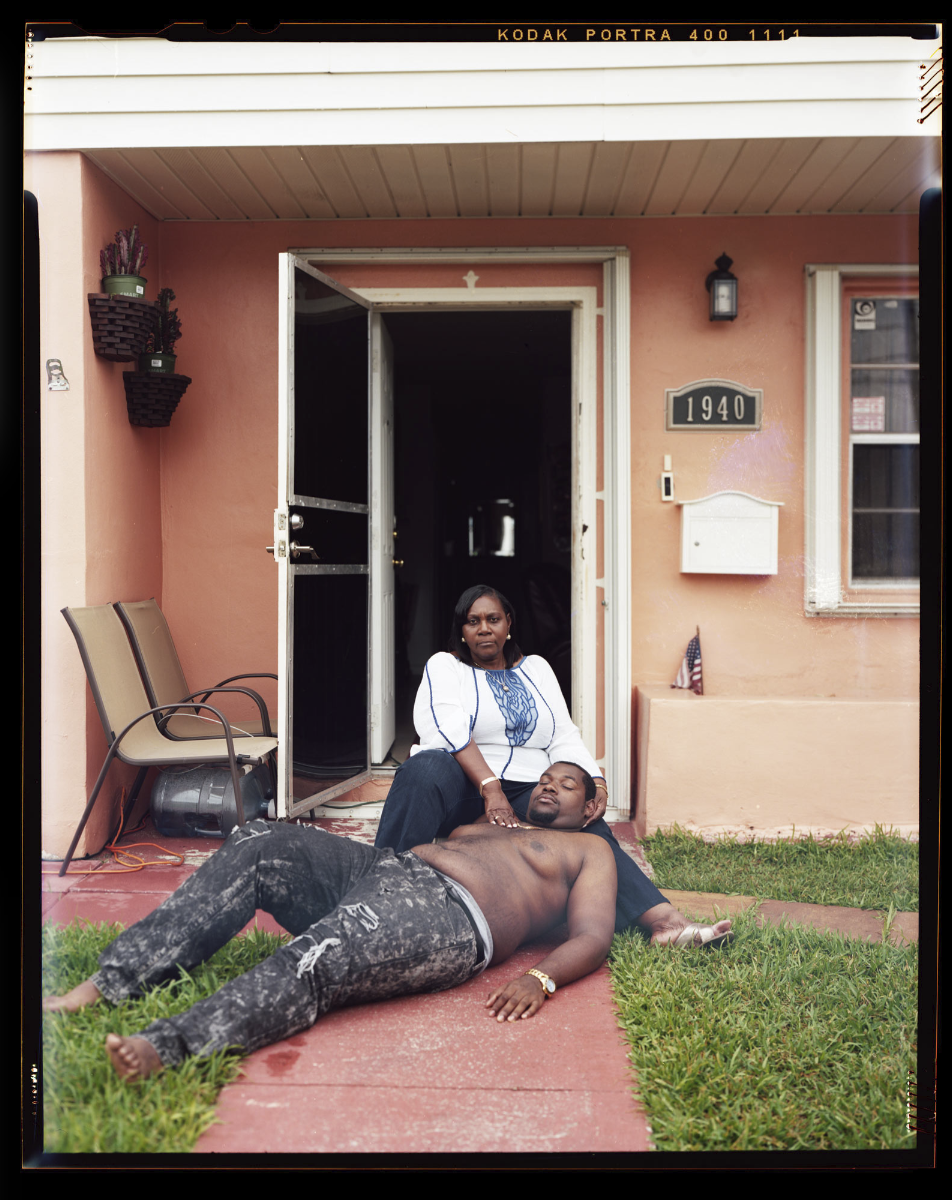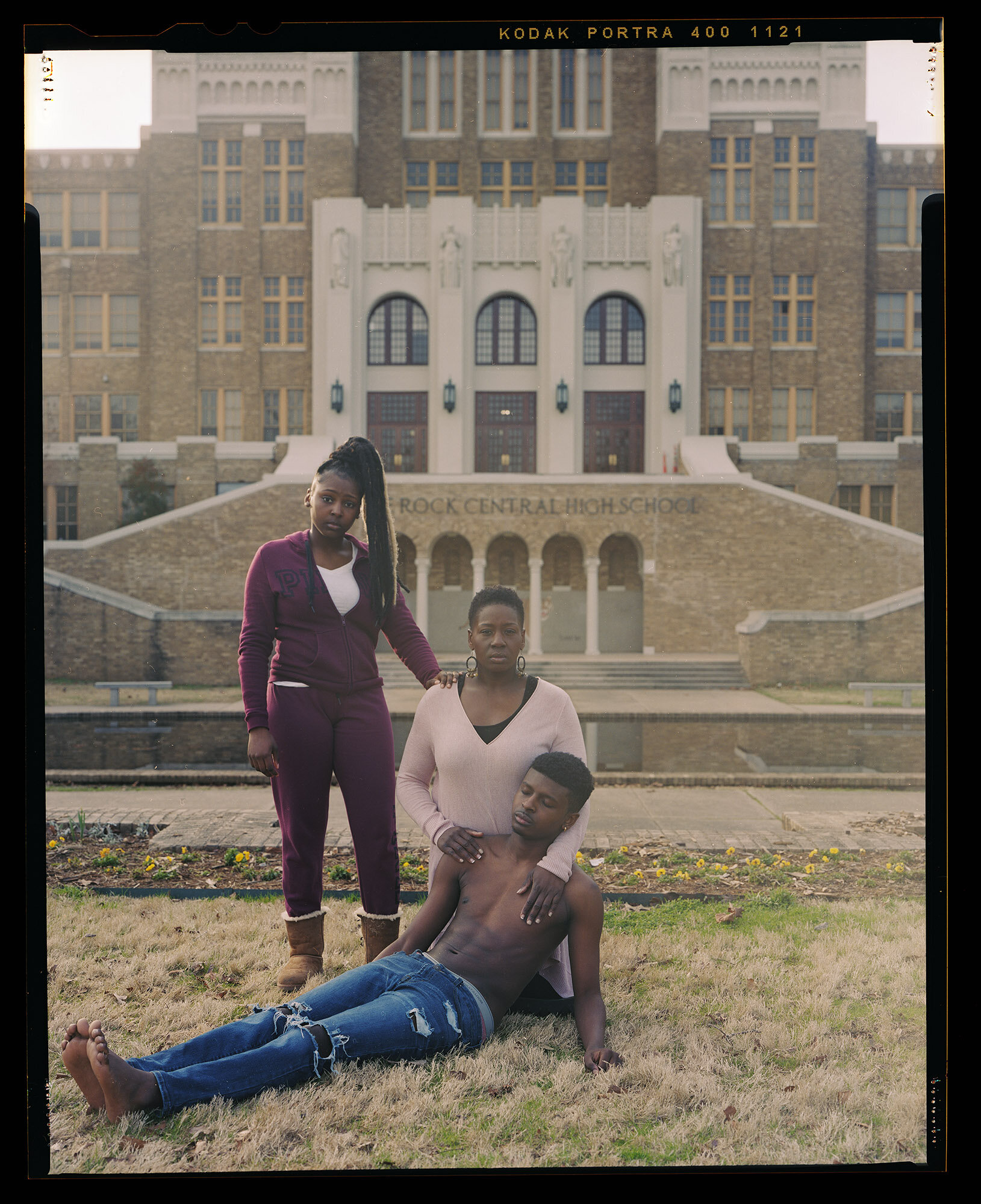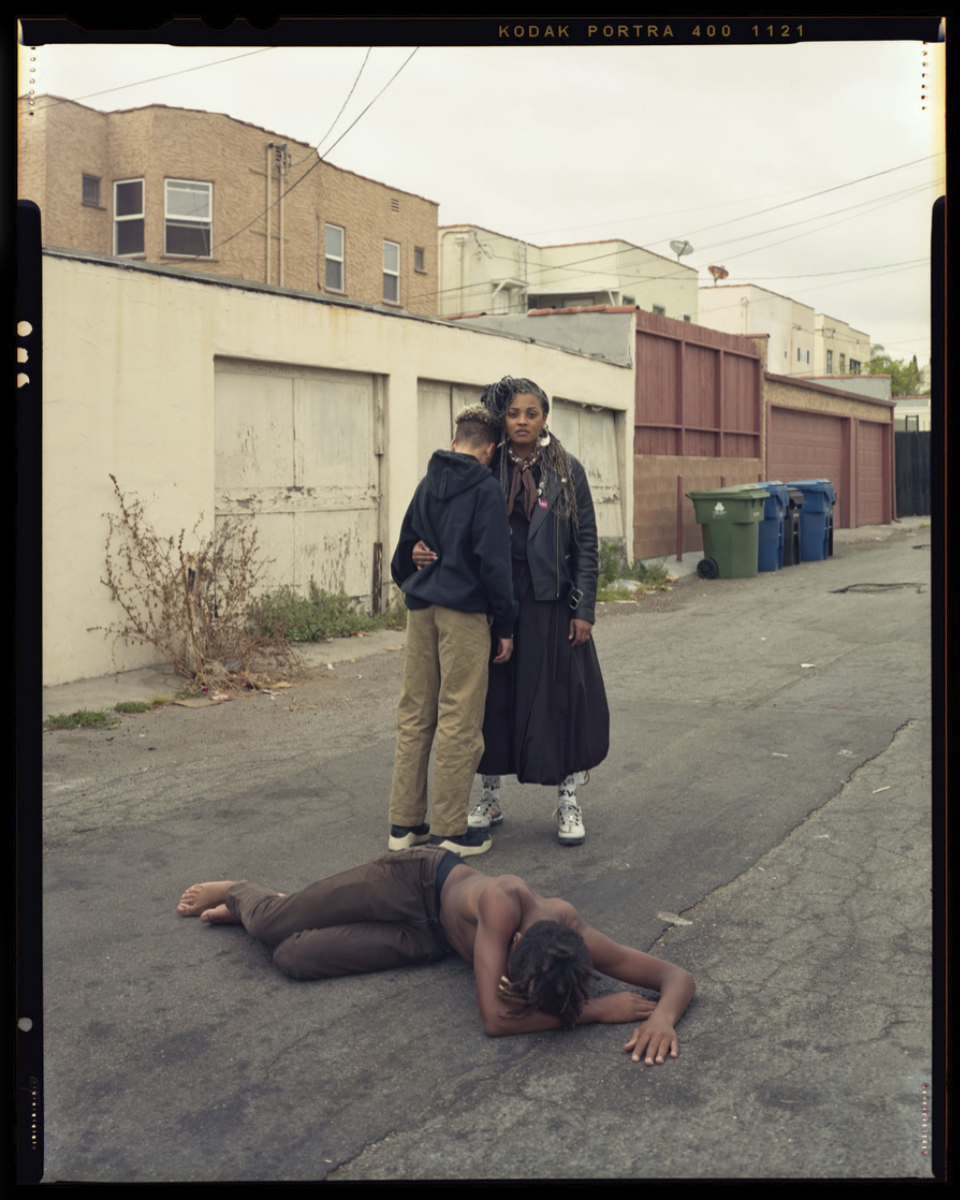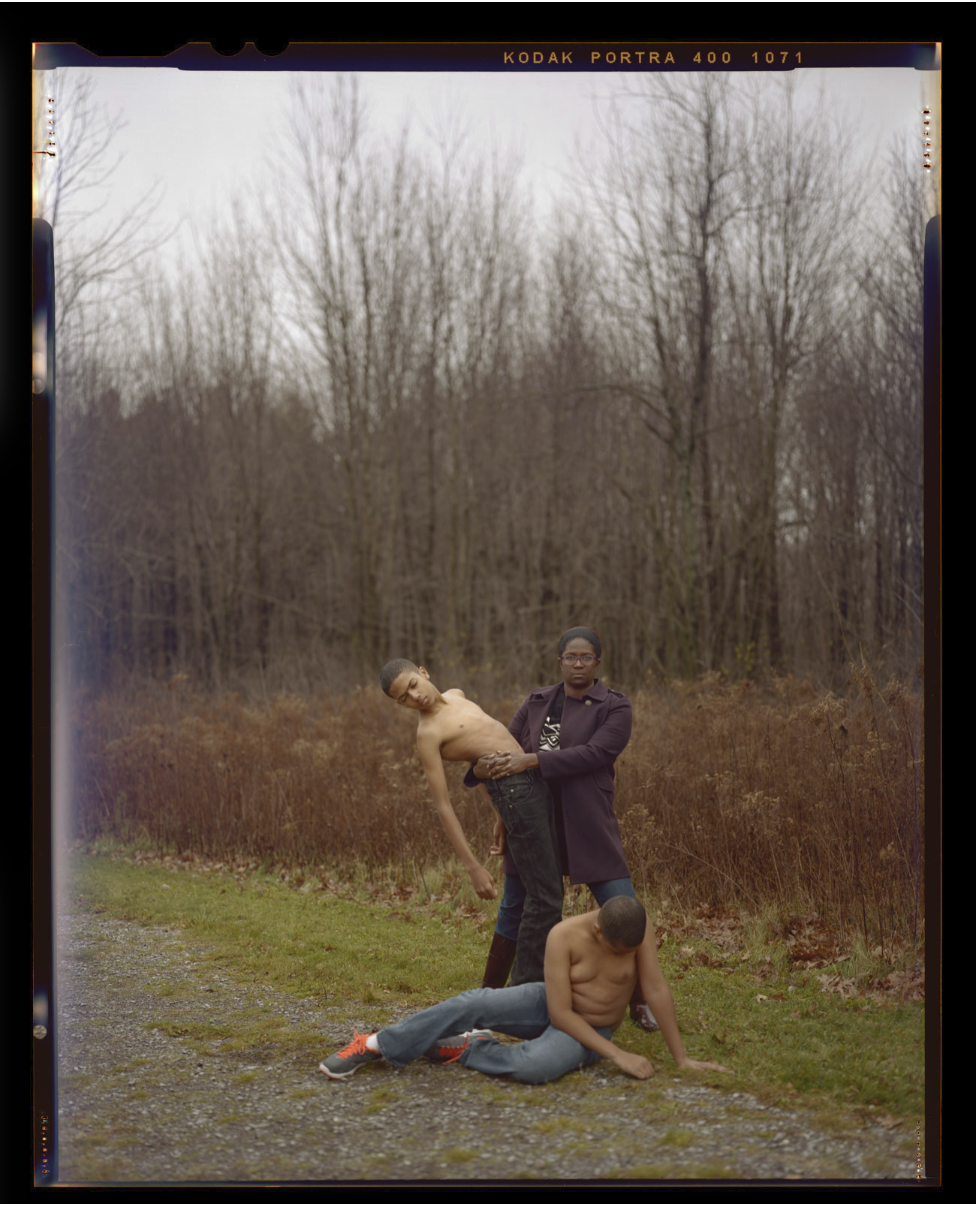Jon Henry
This interview features Jon Henry’s series Stranger Fruit. In 2020 I had the pleasure of hearing Jon present this body of work via the School of Visual Arts Digital Photography’s i3 lecture series hosted on Zoom.
Stranger Fruit was created in response to the senseless murders of black men across the nation by police violence.
Screenshot from Henry’s lecture
How did hearing your Mother say “be careful out there,” impact you differently as you grew older?
It’s something you always hear from a parent, but you never understand the full scope of what it could mean until older. There are so many things a parent must worry about and this is heightened when thinking of these random interactions with law enforcement, that could potentially be fatal. I became more aware of this fear after the Amadou Diallo murder and later Sean Bell. These murders instantly made me think of the families, in particular the mothers who are left behind in this wake.
In your lecture you mention cutting class to visit the Met and look at paintings, specifically focusing on the suffering depicted in religious paintings, how did studying these paintings become a tool for further developing Stranger Fruit. What was it about the posture, position, and eye contact that captivated and demanded your attention? How did that overlap into your own way of storytelling? Are there certain descriptive words you’d think of while posing your subjects?
While I was in the Met for countless hours, staring at paintings/sculptures predominantly, I was just taking it all in. Absorbing the information, the gestures, the colors, the feel of the work. I have a photographic memory so there would be elements in a scene that would remind me of a particular painting or sculpture and I would use it in my imagery. Drawing on this vast image bank of paintings I’d been fascinated by made it easy to transition into my own storytelling. My previous work with athletes also added to my interest in the body and various interactions with multiple subjects.
The subjects are all shirtless and barefoot to reinforce the idea of vulnerability. There isn’t anything to protect them when they’re outside (relating back to “be careful out there”).
Untitled 45, Oakland, CA
In relation to having a photographic memory, you talk about drawing on elements you had seen in a particular painting or sculpture and using it in your own imagery. How did those gestures narrate a feeling? What about them stood out to you?
It just helped having them as a starting point for my work. I would work off of this existing work of art and put my spin on it. Simply using it as a base to expand upon.
What led you to photographing Mothers alone? Without the physical presence of a Son, How did you use the environment to continue telling the story?
[The first part kind of answers itself] The work would be too redundant if it was the mother/son images only. There needed to be some more layers. The environment can have many reads. Sometimes there is a feeling that the son was there, sometimes not. I’m thinking of the mothers who have lost their sons, how do they manage day to day after the tragedy. What is normal supposed to look like.
Since you travel to create these portraits, how do you location scout prior? Why is it important to photograph each family within their immediate neighborhood? What role do small signifiers and nuances that are emblematic of a location play in your location scouting process?
I use google maps to pre scout and I will scout again when I am in the area, time permitting. It’s important we work in their environment because it feels more authentic than staging the photo in a location they're not familiar with. The nuance and variation from city to city is crucial. Without the image title telling you where each image is, you can tell big city, from smaller city. The types of houses, architecture, and neighborhood makeup shapes the importance of these choices.
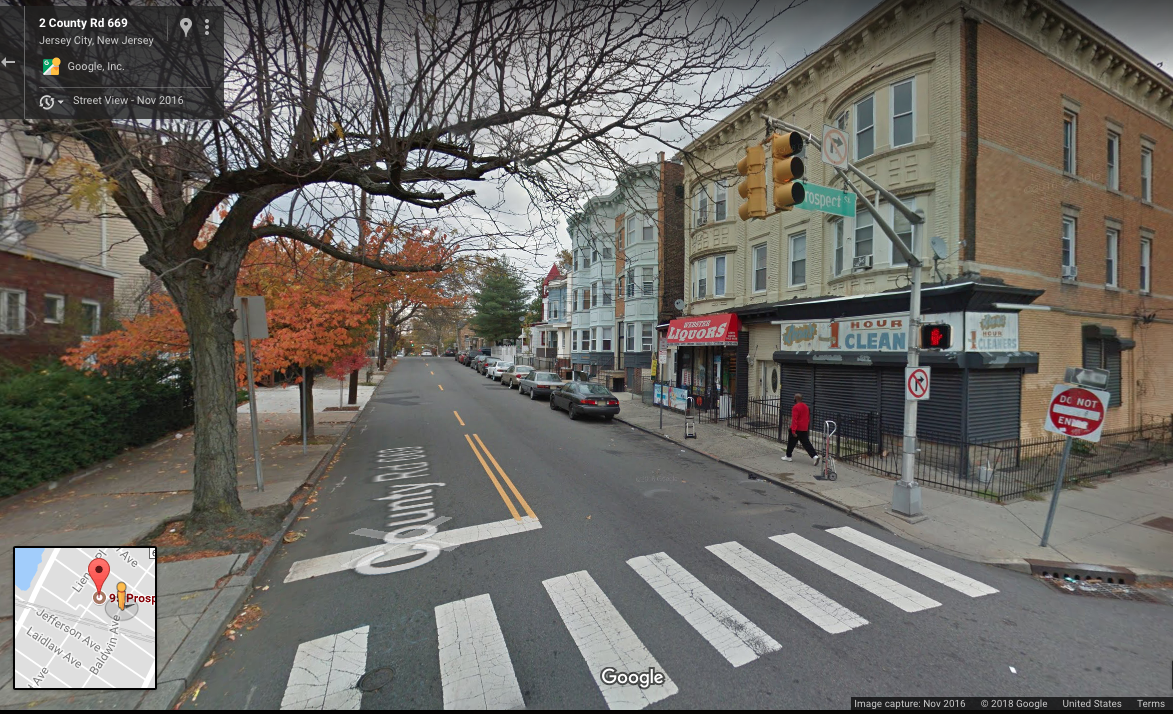
Untitled #33, Jersey City, NJ
When photographing the Mothers with their Sons how do you help them step into that headspace for performing the loss of a son? What dialogue do you have with the Sons?
We speak before the shoot and I email them what to expect going in. It depends on how much time we have with each family. Sometimes we don’t have time to talk much and we have to just make the image happen. Recently I have shown images from the project of other families and what I think will work visually. I’ll show them where to sit/stand and get them in position after I’ve framed up the camera and then we make it happen. It’s a strange process as large format work is slow and deliberate, but I work fairly fast. Once I have the location chosen and an idea of how I want the bodies, we line up and take 1-3 frames, and we’re done.
Sometimes a lack of materials, accessibility and / or funding can cut one’s vision short. Can you share how your drive for this series surpasses difficulties that have risen during this process. When will you stop and why won’t you stop until then? Who is this series for?
Lack of materials and funding are incredibly difficult to overcome for many artists. Since there is no real timetable for finishing the project (other than the one I create for myself) I approach it year by year. Some years I’m too busy to connect with a lot of families, some years I’m able to make a lot happen. I try to be ready for opportunities as they come, but I know when to push and make sure the connections are made. 2020 was to be the last year for the project, but the coronavirus has halted my travel as with everyone else. I hope to finish the project within a year as I only have a few more locations I want to see.
When a participating Mother, Nefertiti, reposted a Facebook memory with an image you made that included her for Stranger Fruit, how was what she wrote a catalyst for deciding to incorporate text from participating Mothers. How did this lead to sending out a survey to other participating Mothers? What are some of the questions you included and how did their responses inform your next step?
Nefertiti’s repost of her image with her son and the poem she wrote was incredibly powerful. I struggled wondering what the last part of the project would be and that answered it immediately. I drafted a 6 question survey for all the mothers in the project, that I share once they have the final image(s). The responses have been beautiful. I ask what were their thoughts prior to the shoot, to describe the act of holding their son, and how they approach this subject with their children. The answers are layered, emotional, and honest. These texts are as important as the images in the series.
My mind keeps cycling back to the Mothers, all of which carry a pain that hurts like it happened yesterday. I'm curious if you feel like you are healing some of that pain by highlighting it.
I dont know if this is healing the pain. I hope so in some regard. It is definitely more “I hear/feel your pain” than anything; this common understanding of what these families live with.


